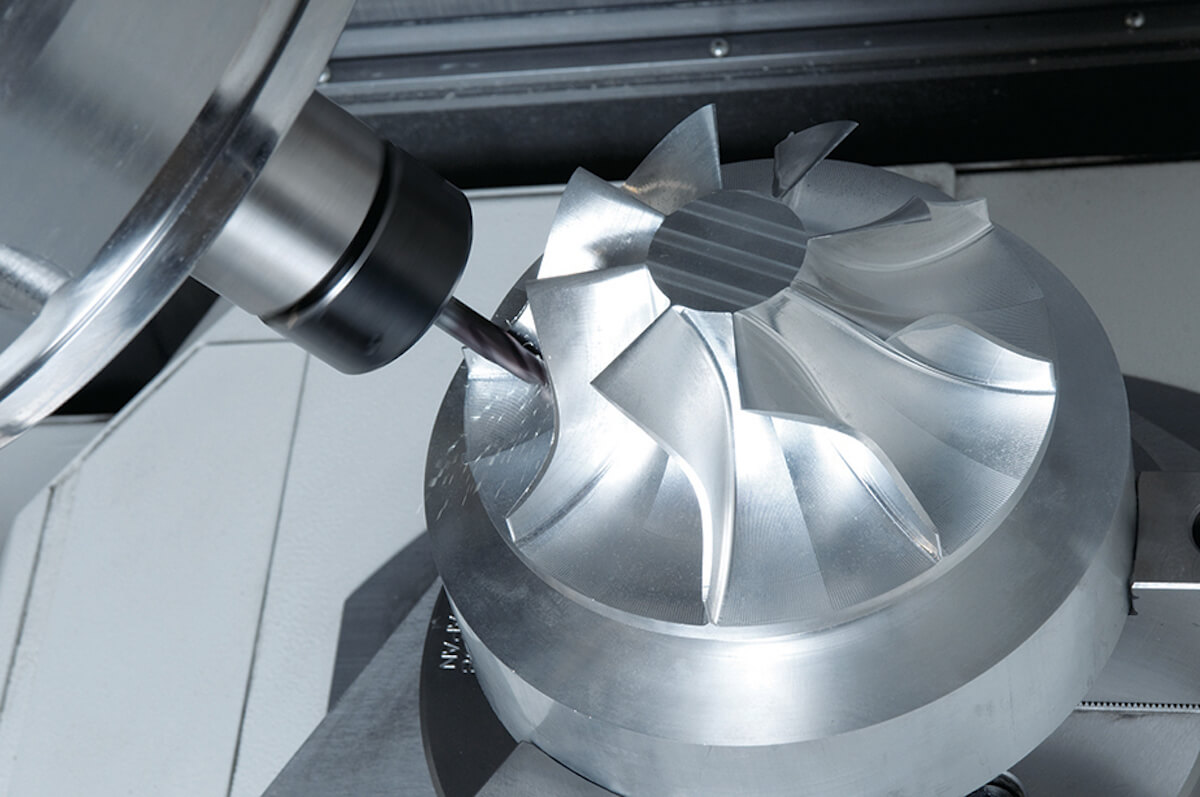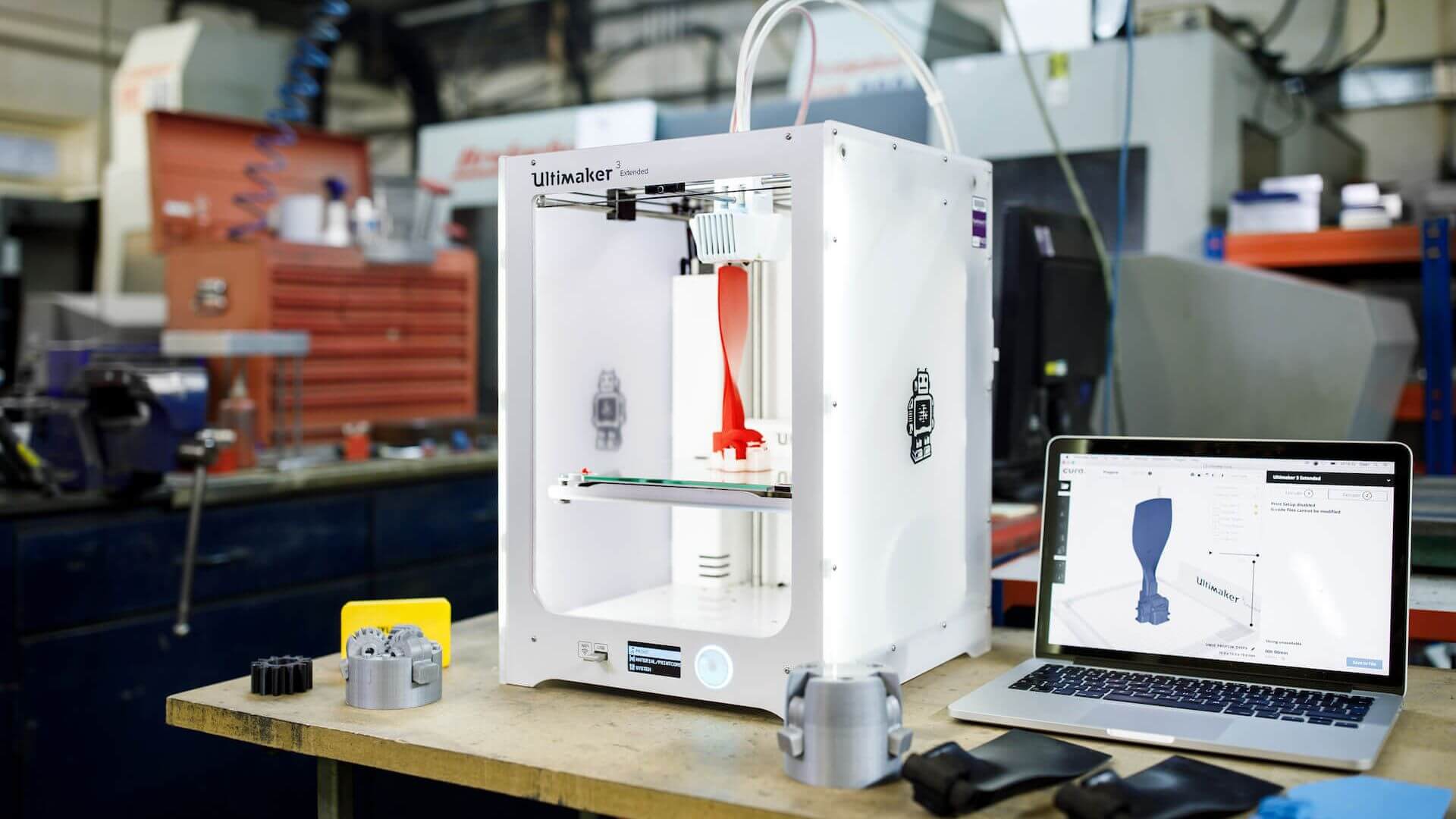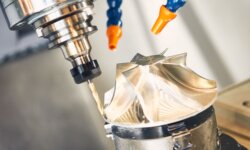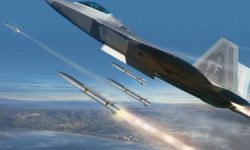For many businesses, the prospect of hiring a manufacturer for a CNC machining project can seem daunting. Machining is a complex process that requires comprehensive planning, a skilled machinist, and sometimes a large block of material. All of those things require time and money, so businesses often see machining as beyond their financial reach.
This perception isn’t helped by the alternatives, which often seem — on the surface, at least — to be more affordable.
It’s no secret that 3D printing has changed the way people view manufacturing and prototyping. Even the smallest of businesses can afford to invest in a 3D printer, and those that choose not to can still use online 3D printing service providers to buy on-demand 3D printed parts. Now that 3D printing is a go-to technology for fast and affordable manufacturing, traditional processes like machining can seem like a luxury.
But it would be wrong to think that 3D printing is always a more cost-effective solution than CNC machining.
In fact, there are countless instances where CNC machining projects are a more affordable and cost-effective route than 3D printing. When a part must be made from metal, for example, 3D printing starts to get expensive, often leaving machining as the more appealing option. And the range of materials available for machining allows for a range of price points.
Furthermore, CNC machining is the more established and trusted process for end-use parts. So while 3D printing might seem appealing for early-stage prototypes, machining is still often the cheapest way to fabricate a final, ready-to-use part.
Why machining projects might seem expensive?
The last decade has seen a huge rise in 3D printing and additive manufacturing technologies, which have offered users a different way to approach manufacturing. But with all the hype around 3D printing and its purported advantages over traditional processes, some factors may have been exaggerated.
Since 3D printing is often marketed in contrast to traditional processes like machining, the advantages of 3DP are often accompanied by the supposed disadvantages of machining.
These include:
- High startup costs
- Machinist labor costs
- Waste material
- Geometrical limitations
It is notable that the first three of these points all relate to cost. So it’s no wonder that, as 3D printing manufacturers continue to point out the disadvantages of machining, CNC has started to gain an undeserved reputation as the expensive, outmoded sibling to additive.
Importantly, the supposed disadvantages of machining are only evident in certain situations. Here’s why machining projects are really nothing to be afraid of.
Why machining projects are more affordable than you think?
There are several reasons why machining projects — often depicted as a more significant investment than a 3D printing project — are more cost-effective than they might appear.
These reasons concern recent developments in CNC machining technology, common misconceptions about the technology, and particular circumstances under which machining offers exceptional value.
Metal is for machining
It’s easy to be tempted by the low startup costs of desktop 3D printers: cheap machines, cheap plastic filament, cheap operating costs. But it’s worth remembering that 3D printing at its cheapest is only capable of processing polymers. This is great for prototypes and certain end-use parts, but severely limits the potential applications.
Machining, on the other hand, is built for metals. CNC machining centers, equipped with sharp cutting tools, are designed to process metal as a raw material, and even the cheapest machining center will be more than capable of cutting through materials like aluminum.
If your project demands a metal part, machining is almost always the most cost-effective solution, and especially so when dealing in large quantities.
In the future, the situation may change. Metal 3D printers may become more common and more affordable, perhaps even as affordable as Fused Deposition Modeling (FDM) printers are today. In the meantime, however, metal 3D printing is a costly industrial process that offers few of the budget-friendly advantages of FDM.
Instant quotation software reduces labor
Labor is one of the reasons why machining is sometimes considered an expensive process. But new technology is rapidly minimizing the outlay that businesses need to invest in the labor side of things.
For manufacturers and machine shops, providing a quotation for a machining project used to be a lengthy process. Calculations would have to made taking into account many factors, including the shape and size of the part, the operating costs of the machine, the machinist’s labor costs etc.
Today, those calculations still need to be made, but many of them can be solved by a computer. Machining software can provide almost instant quotations for a machining project, identifying the key cost factors and determining a price in seconds. This ultimately reduces the machinist’s labor costs, as the hours that would be spent calculating a quote are effectively written off.
Similarly, software developments serve to shorten the design for manufacturability process, making life easier for the machinist and ultimately saving the customer money.
Economy of scale
There’s a reason why 3D printing is a great option for prototypes. Because labor and operating costs are low, the cost per unit stays relatively consistent, even when ordering just one or two units. This means businesses can often buy a prototype or single part at very low cost, when machining a single part would be relatively expensive.
The cost benefits of machining kick in when more units are required. Yes, there are labor and operating costs that 3D printing does not have, but these costs are quickly offset when dealing in tens, hundreds or thousands of units.
With 3D printing, this economy of scale does not exist. Once multiple units are required, the initial cost benefits of additive begin to disappear. So if businesses have any intention of getting many units — either now or in the future — CNC can often be the more affordable option.
Surprisingly, machining can also be cost-effective in tiny quantities. Here’s why:
Ready to use
Here’s the thing about prototypes. There’s a gradient, with very simple placeholders at one end and professional, functional prototypes at the other. Prototypes have wildly varied uses, and choosing what kind of prototype to develop depends wholly on its end purpose.
Nonetheless, if you had a straight choice between a very rough prototype and one that closely resembled the finished part, you’d almost always choose the latter. And that’s where CNC machining shows it’s value, even without taking advantage of economy of scale.
Regardless of the actual price of a machining project, opting for CNC can often prove better value than alternatives, since machining is a tried-and-tested manufacturing process for end-use parts. 3D printing might seem cheaper, but if the 3D printed prototype must eventually be replaced by a machined alternative, why not just buy a machined part in the first place?
Machining projects, even those for the creation of prototypes, can produce high-quality parts that are ready for end use.
Design tips
You’ve heard about why machining is cheaper than you think, but there are ways you can actively reduce the cost yourself.
Read our 10 Tips for Cutting Costs on Your CNC Machining Parts to find out how.








